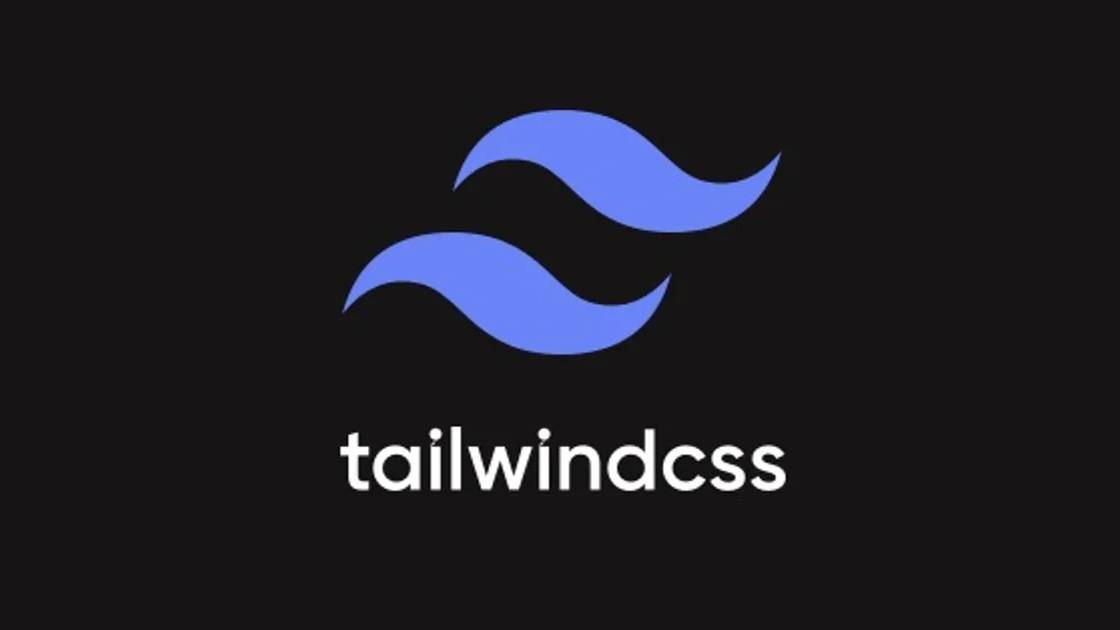Back
Customizing Styles
Published onMarch 18, 2025
170Views
3Minutes Read
Introduction
In the ever-evolving landscape of web design, the battle between aesthetics and efficiency is a constant struggle. Tailwind CSS, a utility-first framework, offers a revolutionary approach that combines both. While Tailwind comes with an extensive set of predefined styles, it also enables you to dive into the world of customization. In this guide, we'll explore how you can harness the power of Tailwind CSS to create unique and visually appealing designs while maintaining the benefits of its streamlined development process.
The Power of Utility-First CSS
Tailwind CSS takes a utility-first approach to styling, where each class represents a specific utility or style. This approach promotes reusability and a faster development cycle, allowing developers to focus on building components rather than writing custom CSS.
Customizing Colors
Tailwind CSS's color customization is as simple as updating your project's configuration file. You can define your own color palette, choosing primary, secondary, and accent colors that align with your brand's identity:
Creating Unique Layouts
Tailwind CSS empowers you to craft distinctive layouts without the need for additional CSS. The , , and utilities enable you to create responsive and flexible layouts effortlessly:
Customizing Typography
Typography plays a crucial role in design. Tailwind CSS offers a range of text utilities that allow you to adjust font sizes, weights, and line heights. Additionally, you can customize fonts by adding new font families to the configuration:
Extending and Overriding Styles
Tailwind CSS's feature enables you to add or override existing styles without modifying the core framework. This way, you can maintain consistency while tailoring styles to fit your project's unique requirements:
Conclusion
Tailwind CSS's customization capabilities empower designers and developers to create stylish and distinctive web interfaces without sacrificing efficiency. By delving into Tailwind's configuration and extending its utility classes, you can mold the framework to match your brand's identity while adhering to best practices and maintaining a streamlined development process. Whether you're building a simple landing page or a complex web application, Tailwind CSS's customization options provide the freedom to achieve a harmonious balance between aesthetics and functionality.
Tags:
#TailwindCss

Comments (0)
No comments yet. Be the first to comment!